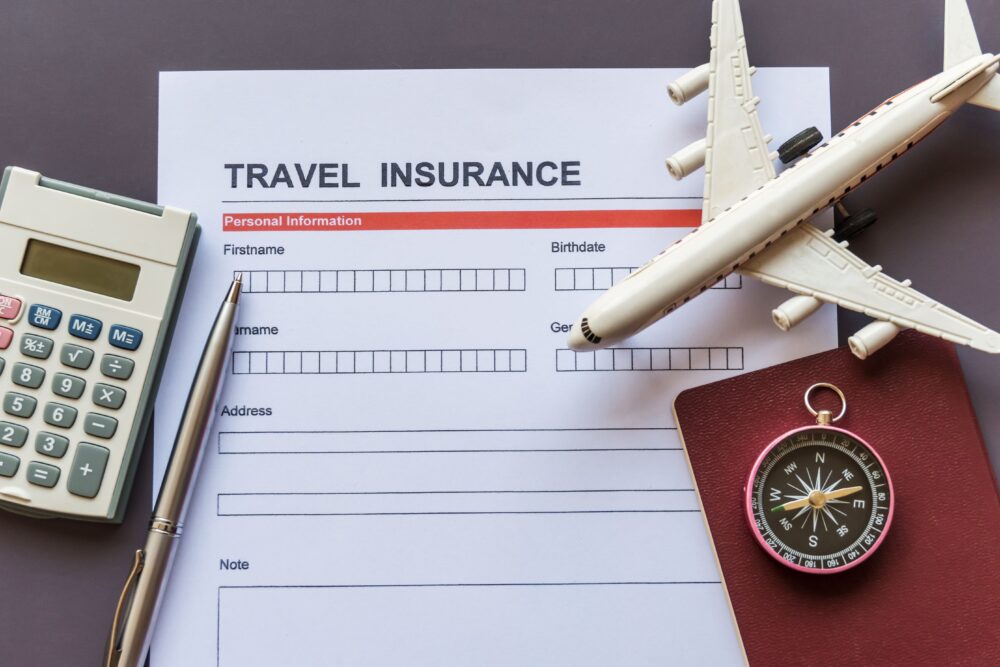Introduction:
Navigating the claims process can be a daunting task for many individuals when it comes to health insurance in India. Understanding the intricacies of the process and being prepared can help you have a smooth experience. In this blog post, we will provide you with valuable tips to streamline the claims process, minimize hassles, and ensure a hassle-free experience. Let’s delve into the essential steps to follow.
-
Understanding the Health Insurance Claims Process:
To begin, it’s crucial to understand the general health insurance claims process in India. When you or your family member receives medical treatment covered by your health insurance policy in case of a medical emergency, the first thing you should do is to initiate a claim by intimating it. The claim process typically involves two methods: cashless claims and reimbursement claims.
-
Cashless Claims Process vs. Reimbursement Claims Process:
The cashless claims process allows you to avail of medical treatment at network hospitals without having to pay upfront. You need to inform your insurer in advance and obtain a pre-authorization letter in case of planned hospitalisation. In case of planned hospitalisation, one can reach the Third-Party Administrator (TPA) helpdesk of the network hospital and initiate a claim by sharing your health e-card and ID proof at TPA desk of the hospital and fill the required forms such as pre-authorisation, etc.
On the other hand, reimbursement claims require you to pay the medical bills initially and then submit the relevant documents to the insurer for reimbursement. This includes treatments taken in non-network hospitals, pre and post hospitalisation claims, etc. Both methods have their pros and cons, so it’s essential to understand which one suits your needs better.
-
Network Hospitals:
Network hospitals play a vital role in the claims process. These are the healthcare providers that have a tie-up with your insurance company. Visiting a network hospital ensures a smooth and hassle-free cashless claims experience. It’s important to know the list of network hospitals associated with your insurance provider and choose one that meets your healthcare requirements.
-
Documenting and Gathering Necessary Information:
To expedite the claims process, it’s crucial to gather all the necessary documents and information.
With a Cashless claim, you just need to fill in the required form given by the TPA desk at the hospital. As such, you don’t have to submit bills or other documents.
For Reimbursement claims, one needs to submit medical bills, doctor’s prescriptions, diagnostic reports, discharge summaries, and claim forms. Ensuring the accuracy and completeness of these documents can prevent delays and potential claim rejections.
-
Following up on the Status of the Claim:
Once you have submitted the claim, it’s important to follow up with your insurance provider to track the progress. Keep a record of the claim reference number and maintain regular communication to stay informed about the status of your claim.

This proactive approach can help resolve any potential issues promptly. Furthermore, there are insurer apps to track the claims related to your policy at your fingertips for ease of the customers.
-
Tips for Expediting the Claims Process and Minimizing Hassles:
Here are some valuable tips to expedite the claims process and minimize any potential hassles:
- Submit claims promptly: File your claims as soon as possible to avoid missing any deadlines.
- Be accurate and thorough: Double-check all the details before submitting your claim to ensure accuracy.
- Maintain records: Keep copies of all the documents and correspondence related to your claim.
- Understand policy terms: Familiarize yourself with the terms and conditions of your health insurance policy.
- Seek assistance: If you encounter any difficulties during the claims process, don’t hesitate to seek guidance from your insurance company, intermediary (if the policy is sourced through them) or TPA, as the case may be.
-
Reasons for Claims Rejections:
Understanding the common reasons for claims rejections can help you avoid potential pitfalls. Some common reasons include inadequate documentation, non-disclosure of pre-existing conditions, non-disclosure of relevant information, and seeking treatment at non-network hospitals. Being aware of these factors can help you take necessary precautions and increase the chances of a successful claim.
Conclusion:
Navigating the health insurance claims process in India can be made easier with the right knowledge and preparation. By understanding the process, gathering accurate information, and following the tips outlined in this blog, you can have a smoother claims experience. Remember to be proactive, keep records, and communicate effectively with your insurance Company. With these measures in place, you can minimize hassles and ensure a hassle-free claims process, ultimately maximizing the benefits of your health insurance policy.
Please note:
The Views in the article /blog are personal and that of the author. The idea is to create awareness and not intended to provide any product recommendations.








